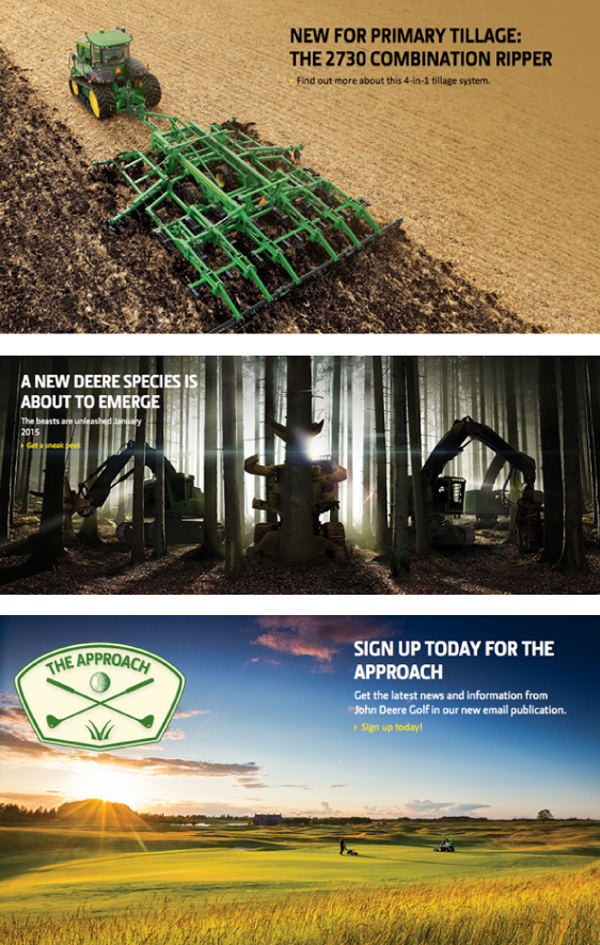Today marks the official launch of Tenet Partners, a brand innovation and marketing consultancy, which represents the combined entity of two established firms that joined forces earlier this year — Brandlogic and CoreBrand.
Yes, we are now presenting ourselves as one with a new name, logo, go-to-market strategy, brand voice and look and feel. We are expressing ourselves via a new personality through a verbal and visual expression that externally brings credibility and energy to our customer-centered growth strategies. But before any of this could even begin to take place, we had to take the time to evaluate the key internal components of the two separate entities that comprise what is oftentimes referred to as “the back room” or back operations of the firm and determine how to launch a successful integration process.
Any acquisition or merger regardless of how big or small requires that the daily operations continue to run seamlessly while, at the same time, a core team evaluates all operations closely to determine the best practices that will provide clients with an experience they not only expect, but deserve.
We know that how we are viewed externally is contingent upon how we operate internally. From our phone system to our email address and signature, from scoping, estimating and managing projects to billing and invoicing individually and collectively reflect upon what it is like to work with us every day. With four primary office locations from east to west that needed to be synchronized, we took a close look at a range of touchpoints that impact customer experience:
- Finance, including financial software, budgeting, forecasting, financial reporting, billing, and AP/AR to ensure compliance, accuracy, responsiveness and flexibility. We have successfully simplified the process for both our team and our clients.
- HR resources and competitive employee benefits/policies to ensure we retain and attract the best talent
- Facilities and technology such as office locations, phone, IT and CRM integration to enable constant connectivity among and between locations to successfully service clients around the globe
- Project management, tracking and scheduling to keep our team and our clients on track, on budget and on time
- Talent and areas of expertise to instill confidence that we can deliver against our value props and customer-centered positioning. This included assessing our talent across disciplines and identifying growth opportunities.
- Shaking up our corporate structure, transitioning from a “flat” structure to one that incorporates various levels of talent and career growth, providing our clients with expertise from vast backgrounds and branding experiences. Our new org chart fosters an interdisciplinary environment that supports a range of possibilities to help uncover unique opportunities for clients.
- Go-to-market strategy–ensuring that our own marketing and digital content and how it applies to messaging through our pitches, website, social media, blogs, books and white papers, public relations and speaking engagements instill confidence in our staff, clients and prospects that our knowledge, experience, know-how and innovative approach will result in solutions that will help make our clients think differently about their businesses.
All of this needed to be accomplished within a set time frame, while taking into consideration how to best blend two cultures. Our emphasis is on our first applying our customer-centered business strategy with our own customers–our team members. Achieving a successful balance between what we need to do in order to be effective day in and day out by putting our team at the center of our thought processes helped to ground us in many of our decisions. The key was communicating often, and there is no such thing as communicating too often when it comes to staff. While for many of us the acquisition brought feelings of excitement, optimism, renewed energy, career growth opportunities and endless possibilities, for others there were feelings of anxiety, fear and apprehension. Recognizing and balancing the two sets of emotions was critical to our achieving success in launching our new brand.
Being new to M+As, no one could have prepared me for how integral and challenging this process would be. It is after experiencing a company integration firsthand, that I have now come to understand and appreciate the core attributes for M+A success – optimism, patience, understanding, time (allow for double the amount of time you think will be required), realistic expectations, a dedicated and committed team with a “can do” attitude and making sure that you put one of your key principles for growth at the center of all you do – your employees. While the daily operations and processes that have been identified will help our firm run smoothly, we know that our team is a unique point-of-difference and makes Tenet Partners stand out from all others.
To say that we have all of this 100 percent figured out would not be 100 percent true; it is still evolving every day. What I do know is that we are confident that we’ve built a strong brand and marketing consultancy that is running smoothly and is comprised of a team of experts who work really well together and are ready to help our clients uncover and develop customer-centered growth strategies.


